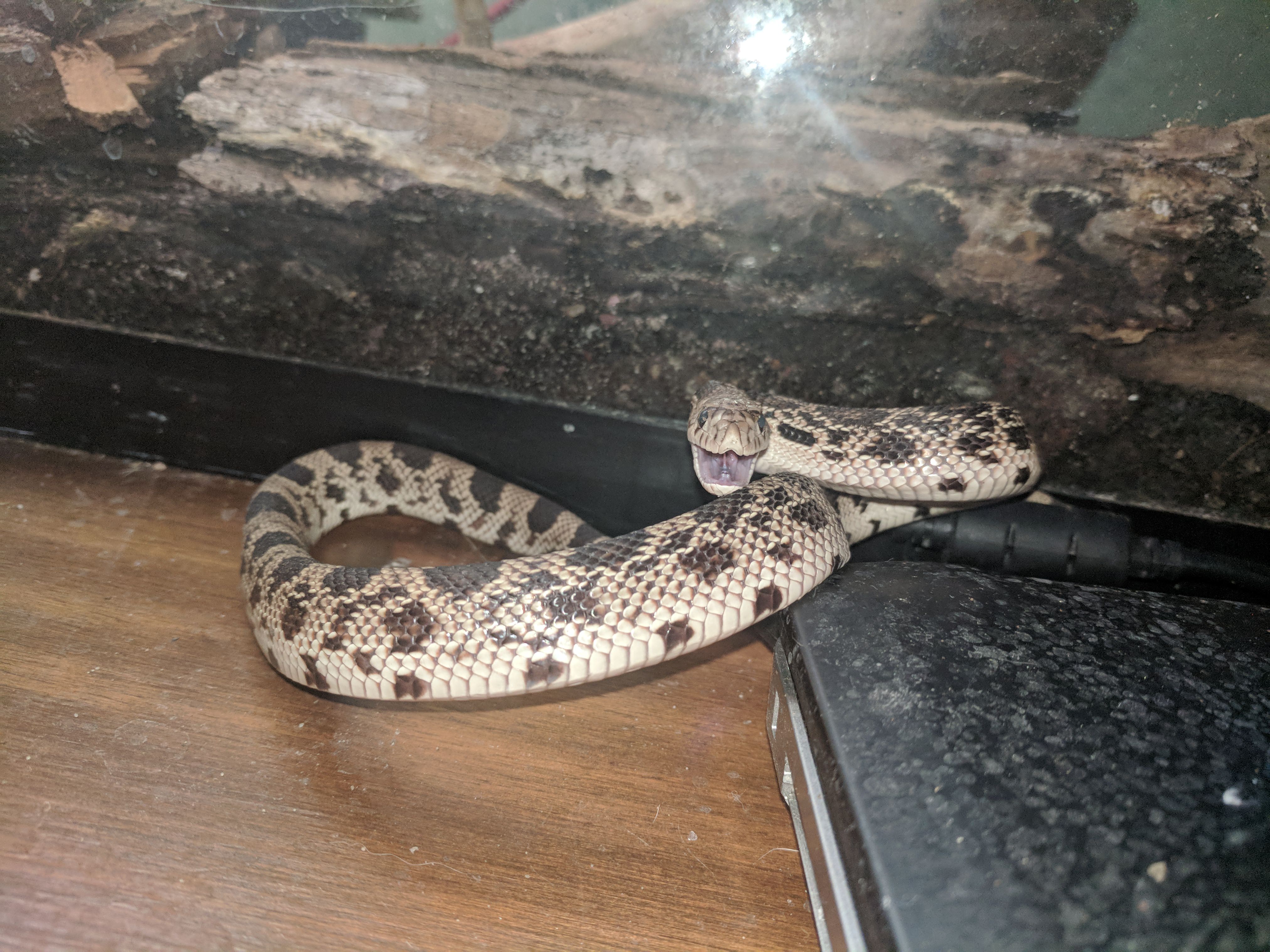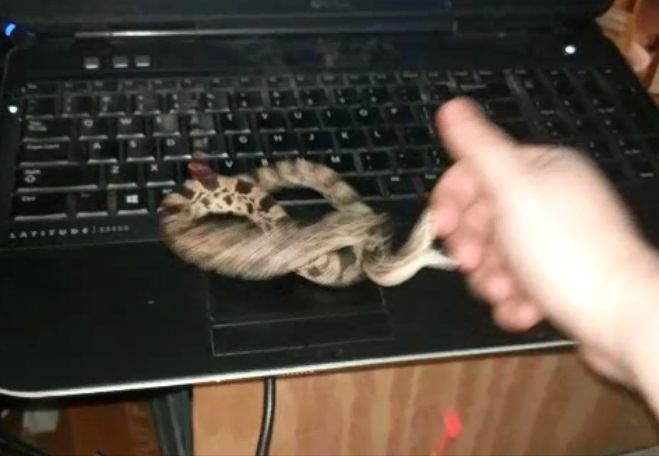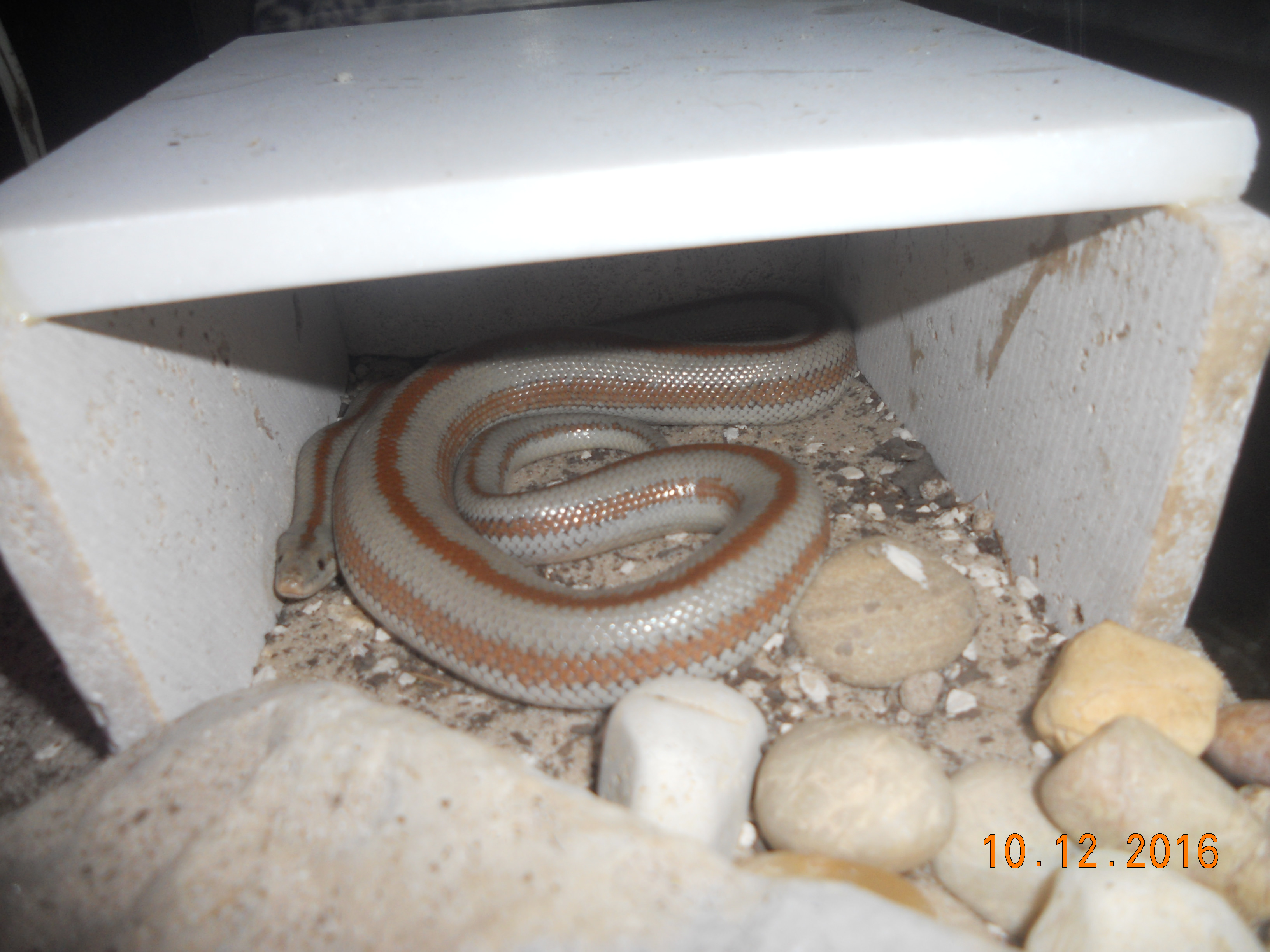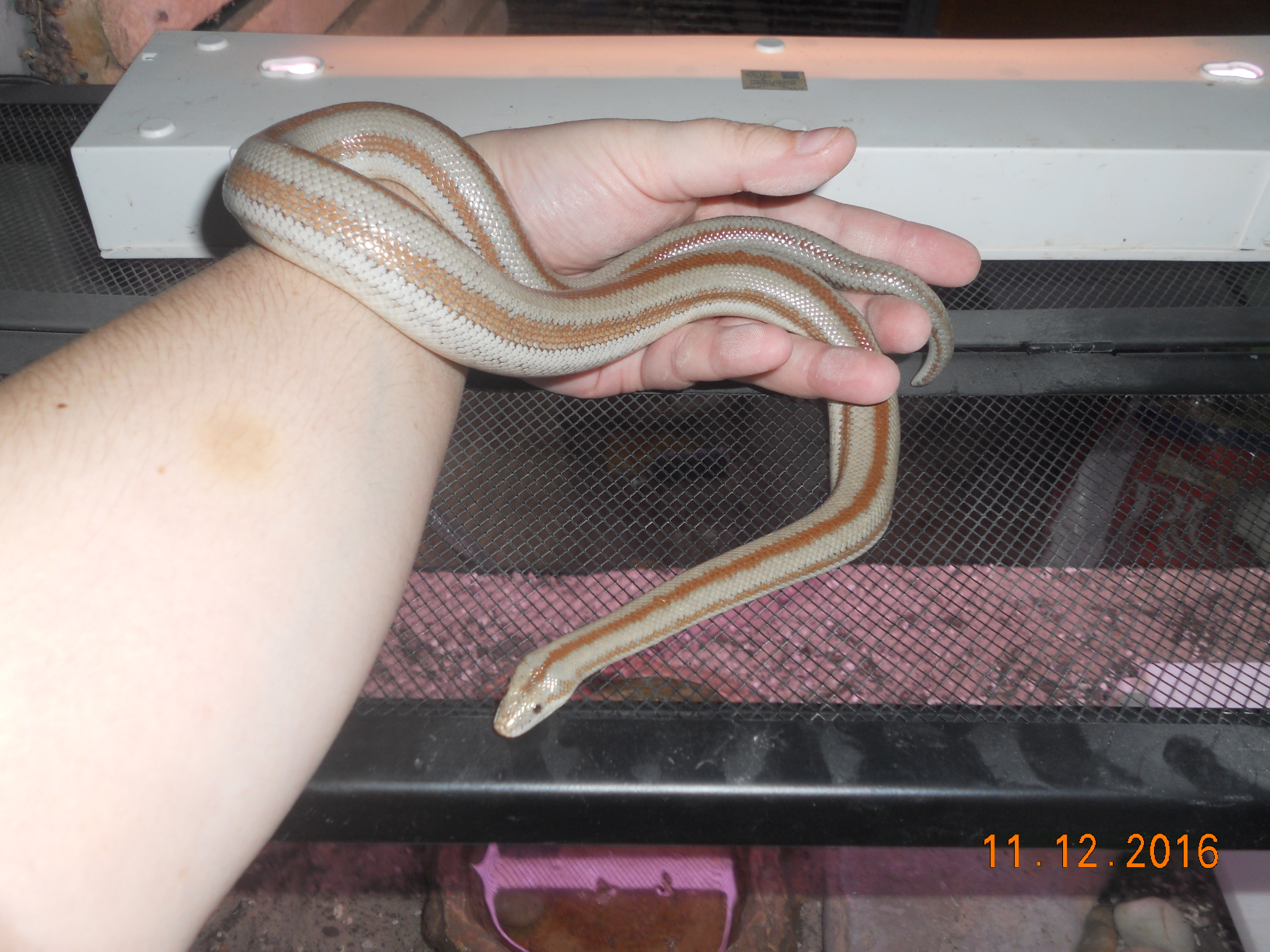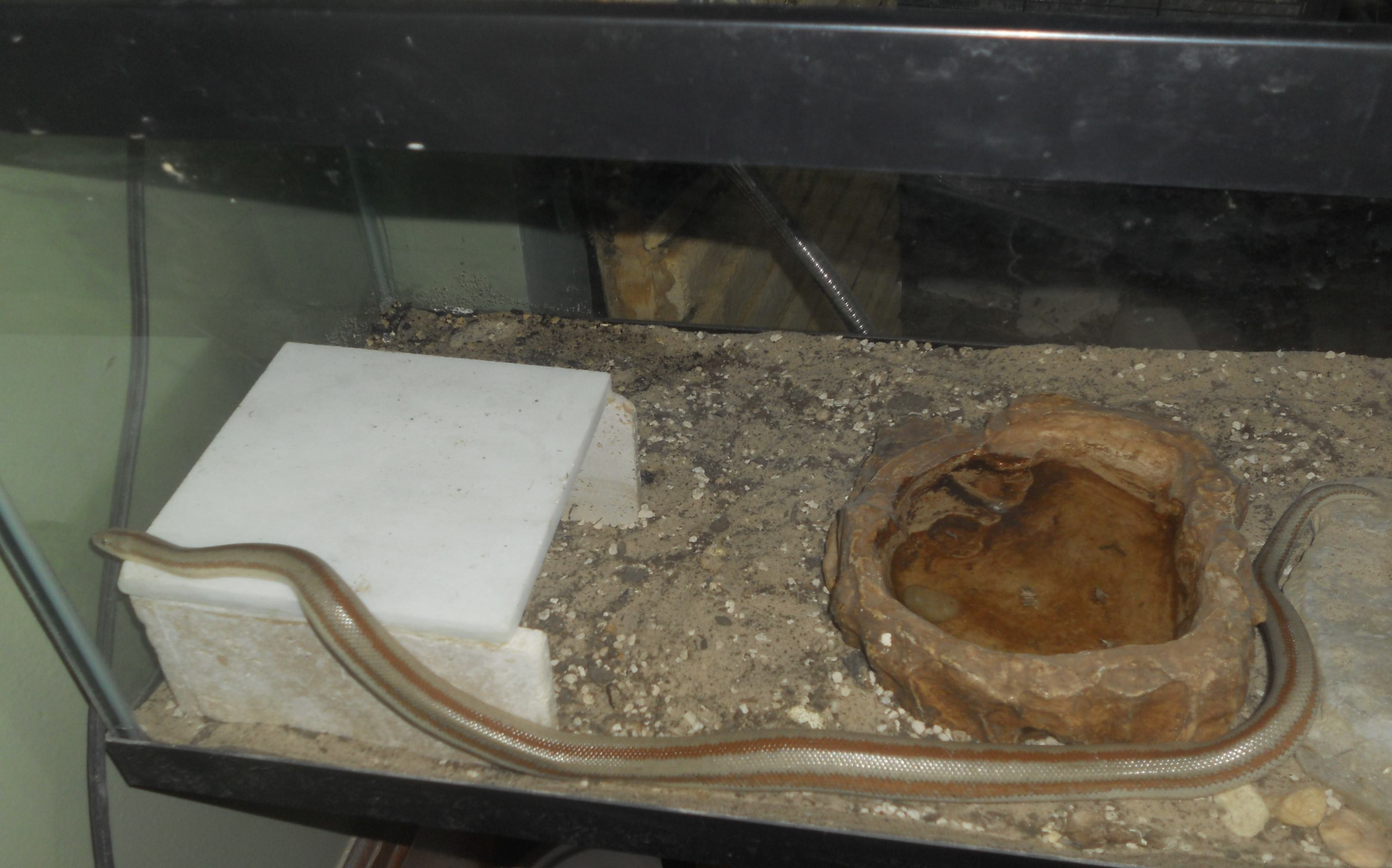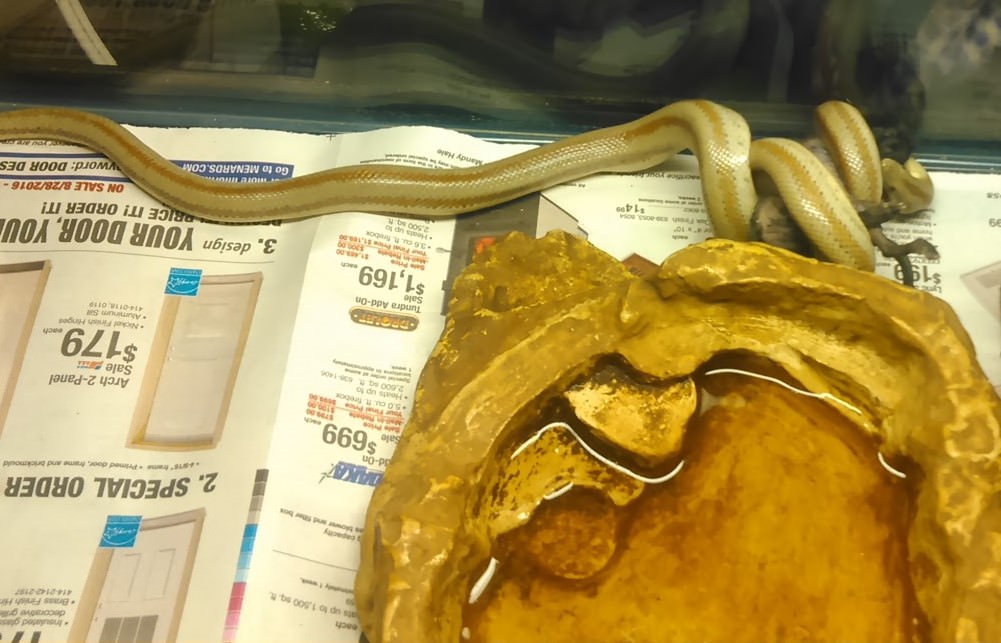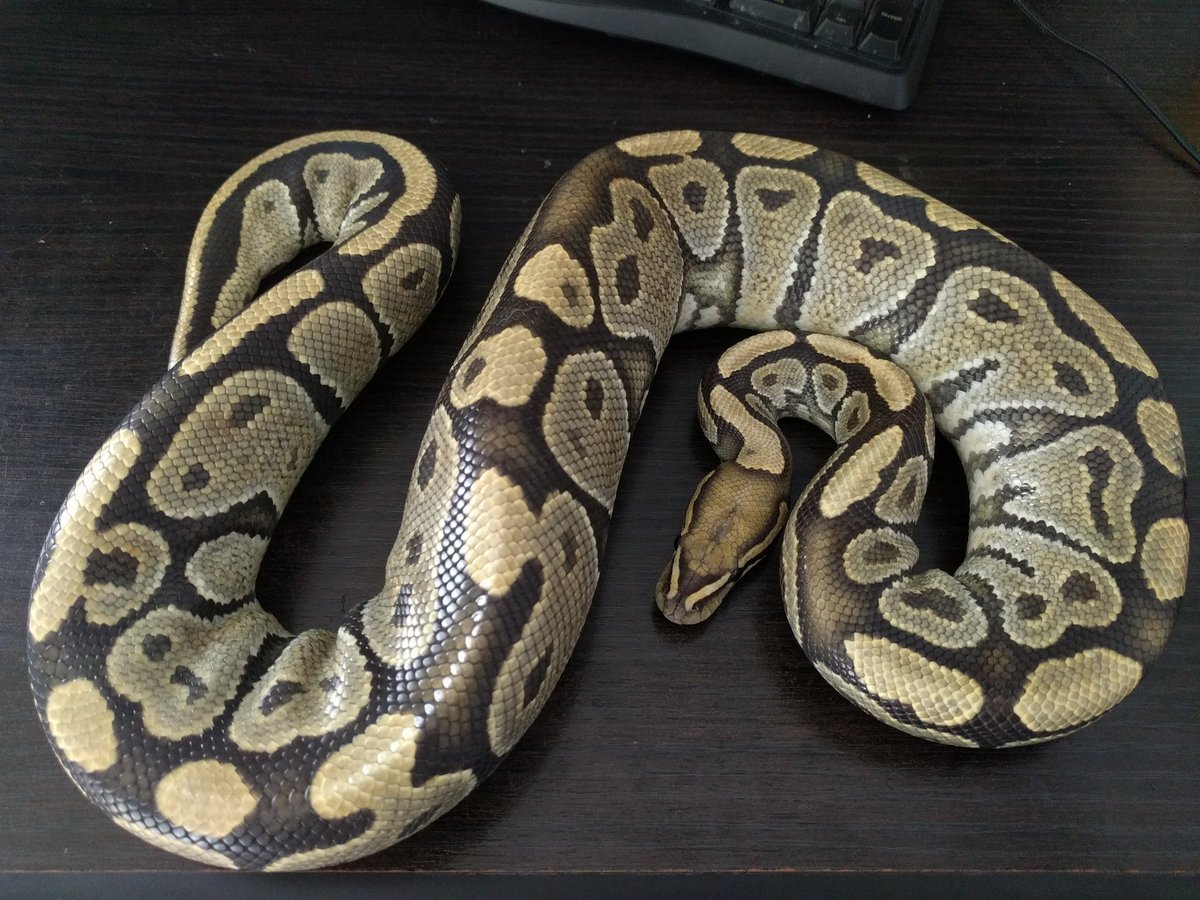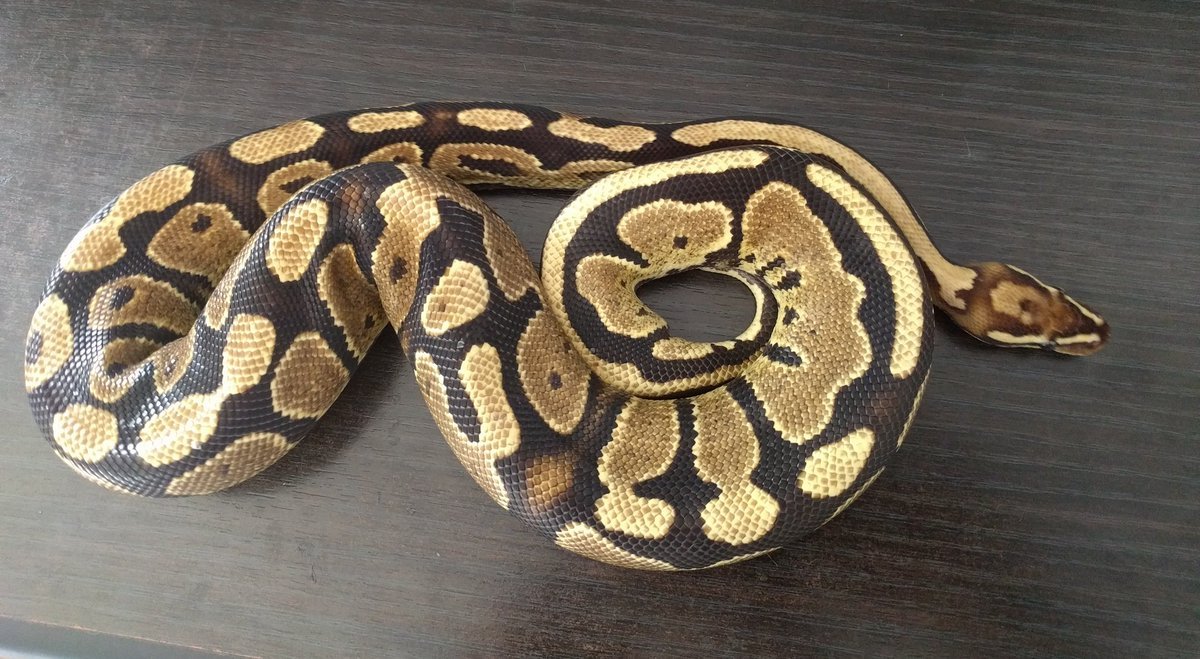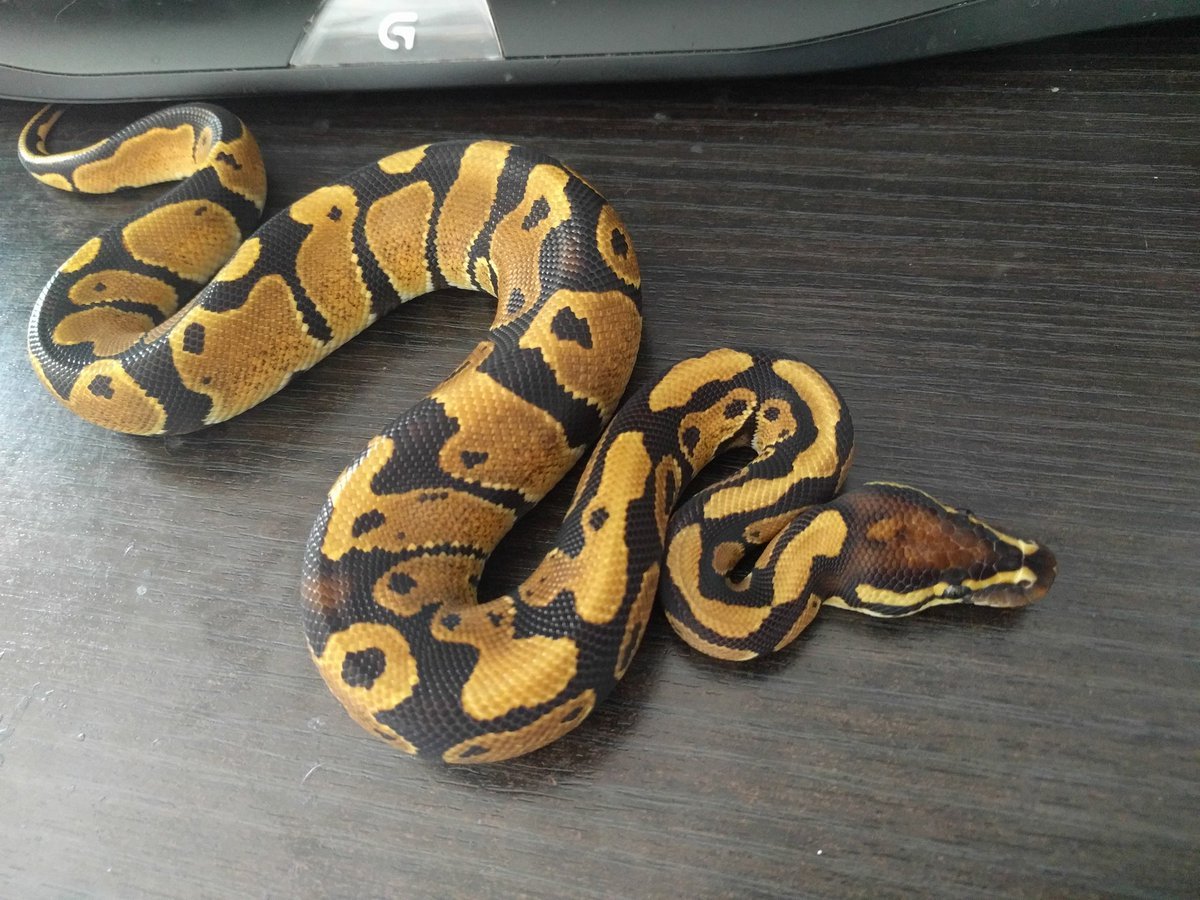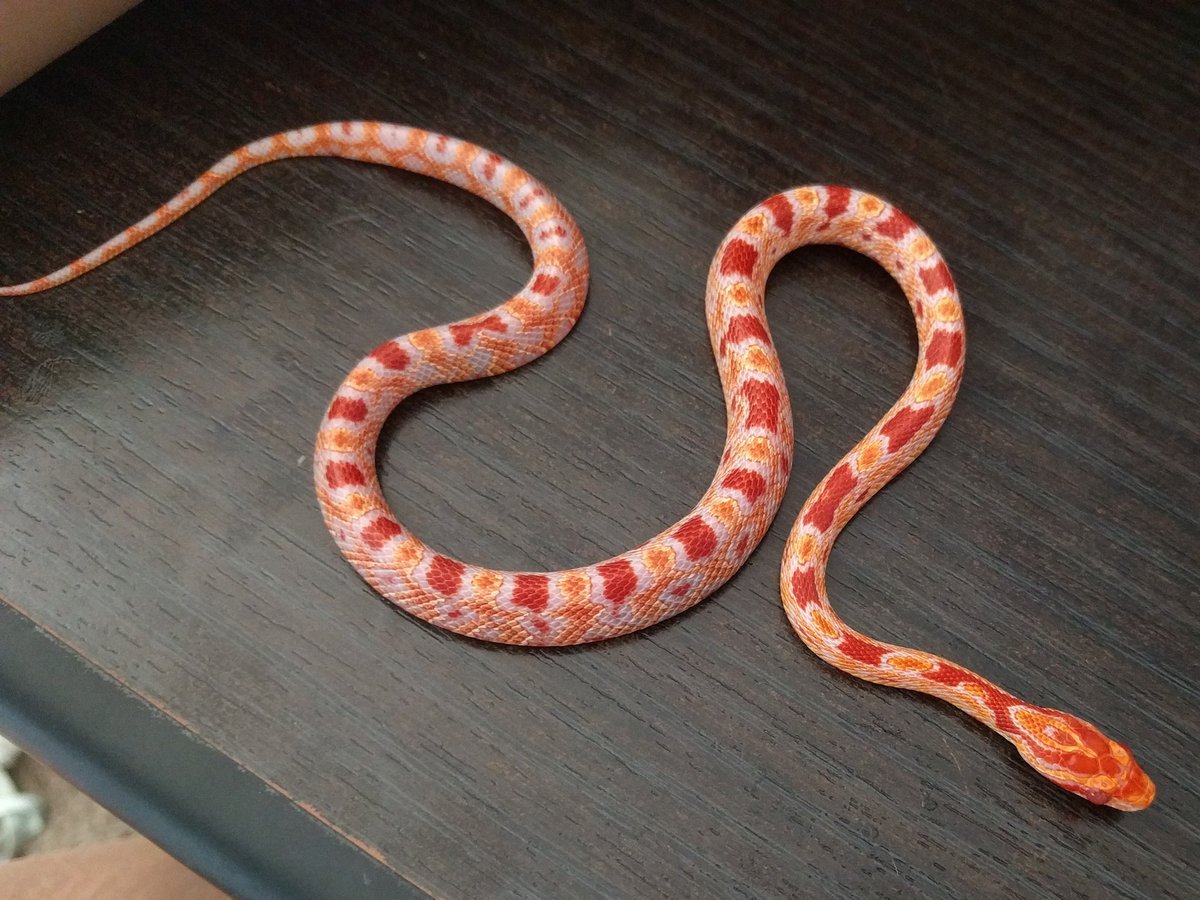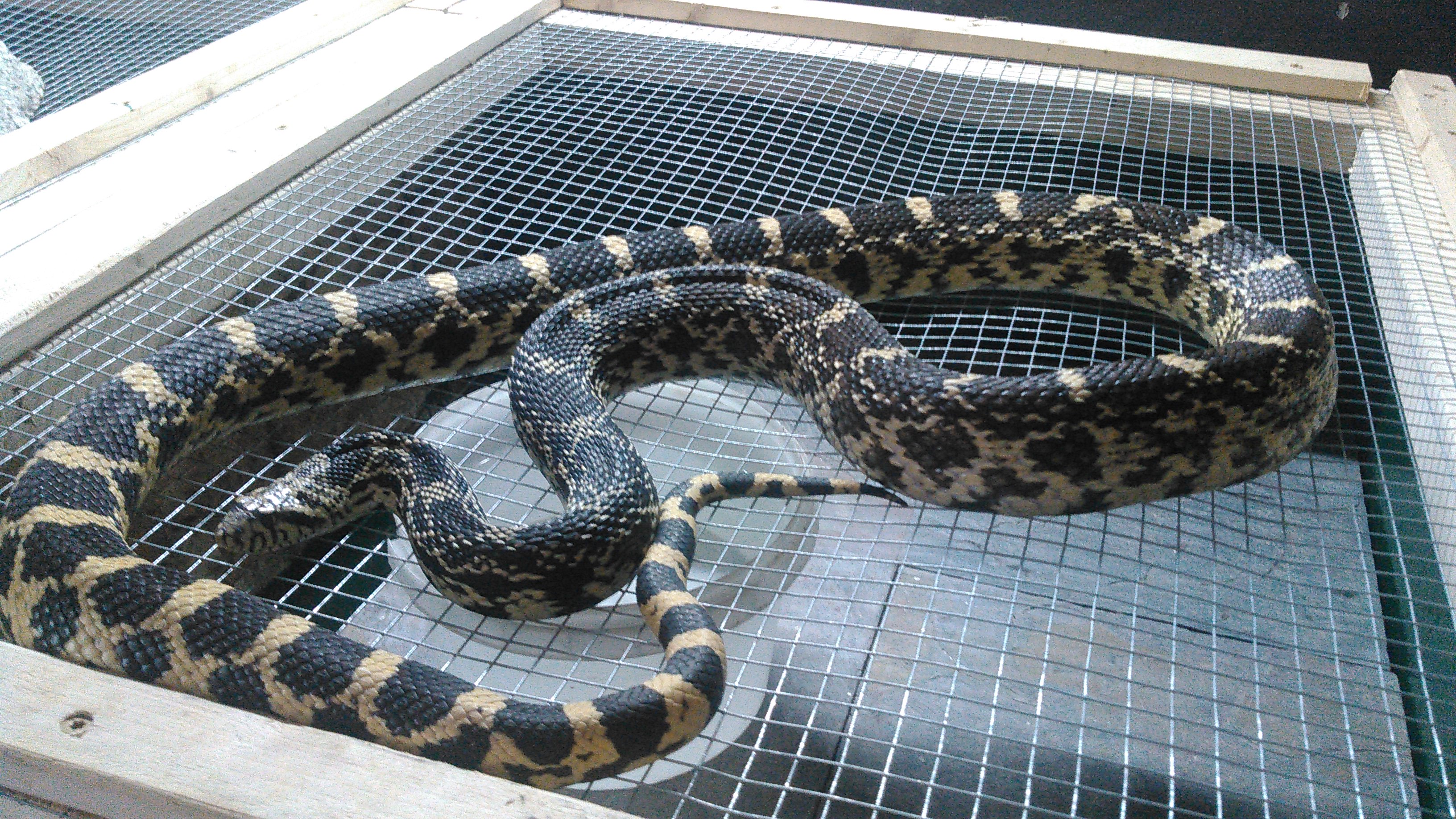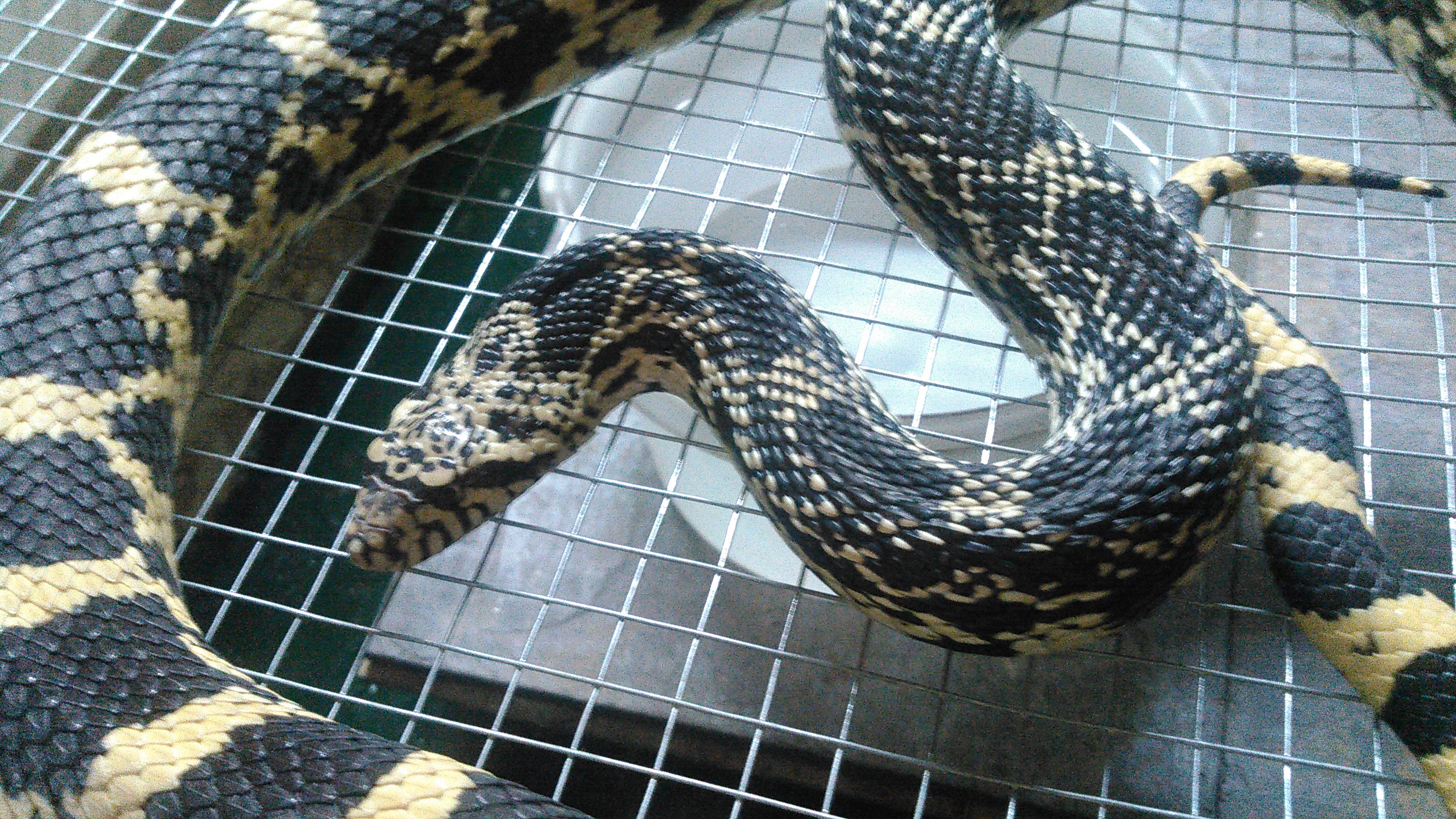Personally I like my pitouphis species (gophers, bulls, and pines) but they are relatively large (up to 8' but most stay closer to 6') and quick to get defensive with a rattlesnake imitation. You will get bit taming a young one. Many times. Even a tame adult will on occasion decide to claim a spot they like or get grumpy about their cage and usually spend the first few weeks threatening everyone in their new home before settling down. I was working in my big kankakee bull snakes enclosure when all of a sudden a very large bull snake head lunges out of a hide with a loud hiss. I know 99% of the time he plans to miss but it still doesn't keep all your muscles from tensing up to react as he stops 2" short and then withdraws before you can even begin moving. I just commented on the annoyance of bull snakes and told Nicon to chill out while I set a brick in front of his hide opening until I finished. They are bluffers and generally once out of the baby phase where they think of themselves as the prey they don't even attempt to hit anything specific but you have to be willing to deal with it and sometimes figure out how to uncoil an adult who has claimed that spot and decided to defend it needlessly. They are otherwise hardy, easy to care for, moderate humidity requirements (Nicon is pickier than most and insists on a consistent 60-65%), and will eat literally anything. Seriously anything. Some people give them things like duck necks but it's argued over as being too incomplete of food. I've fed them all sorts of rodents including guinea pigs as well as small rabbits, quail, chicks, eggs, and reptilinks, which are ground whole prey in a very plain beef collagen casing so it looks like normal sausage. They use a lot of guinea fowl meat in them as well as other poultry, rabbit, and have specialty iguana meat and frog leg links for reptiles that normally prey on other reptiles. Plus some omnivore and insect diets for lizards.
Kemani and Katsumi pretty much always look like this still
When they aren't actually trying to hit me
Hopefully they settle down over the next year because eventually a Northern Pine surpasses the size of my largest bull, Nicon.

If I wanted an easy snake to handle and house I'd say rosy boas. Far before ball pythons, corns, kings, etc... Most don't know about them. They are a 3' or less boa with males often only getting 2', one of the slowest snakes so don't usually try to bolt like corns or kings, won't musk, and hardly ever try to bite defensively. My husband and I have had debates exactly what they do to defend themselves in the wild and we decided they just live where nothing else can and hide really well. They do have a strong feeding response and unlike my bulls and pines do not practice bluffing strikes so if they see movement while thinking food is present they will hit whatever it is. At less than 3' though they barely break skin on those occasional accidents and if you are using feeding tongs and handling them enough between meals to realize every time the enclosure opens is not feeding time you will rarely suffer a bite. They are desert and mountain dwelling from the western US to mexico so they don't need high humidity. Some come from the most extreme deserts in North America where there is nothing but a single cacti species for named plants and a handful of other small animals or insects. They actually do great with top heat and plenty of ventilation to keep things dry and will fit comfortably in a 20gallon tank their entire lives. You'll care the house humidity is low before they will but with top heat I've also had no problems with mine when it stays 60% for awhile in summer. Those with racks or reptile specific enclosures and bottom heat in humid locations often place small bowls of water in only a few times a week for the night or 24hrs rather than letting it evaporate in there all the time since those setups are designed to keep the humidity higher than the room. Since they don't bolt, don't bite without signs of food around(or probably if actually being injured), and are slow to move they are exceedingly easy to handle. Except for the fact they don't wrap things well and will topple off your arm rosy boas and sand boas are probably the easiest snakes I've dealt with for beginners to try to hold or care for. Sand boas can be a bit picky about eating, tend to hide a lot more and stay burrowed 24/7, and actually need higher humidity despite the fact they like a deep, loose substrate that goes best with the more drying top heat options. It makes their setups and care a little more difficult. A rosy boa is the reason my husband gave in to allow snakes so while I like the corns and my desert king if I had to reduce species I'd try to keep the rosy boas and preferably one of the bulls or pines for myself. Really I don't know why these snakes are not more common.
Barairo when she was 3years old and that's a 6" marble flooring tile to make the top of her hides.
Another 2 years later she just barely reaches the length of that tank so 30" long.

